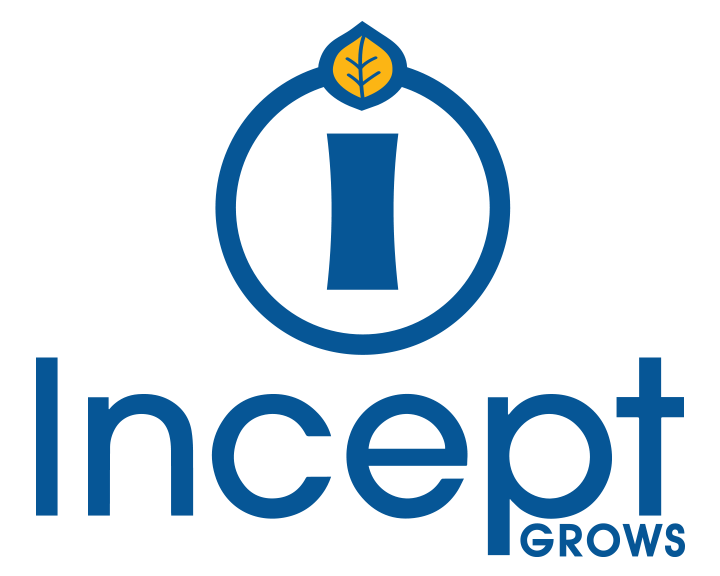Integrating Email Into Your Inside Sales Strategy
Integrating email into your inside sales strategy is essential for sales success. Gone are the days where prospects pick up the phone and willingly chat about their business problems. While that can still a great place to start your strategy, most prospects need to be nurtured through other channels before they are ready to trust you and your solution. Email is one of the best channels to start with.
Below you'll find a few best practices for getting your inside sales emails opened, read, and compliant.
Subject Lines
Using the right subject line for your follow-up inside sales email is extremely important. It is one of the only things that determines if the email will be opened or not, so you have to get it right.
We always follow voicemails with an email to the prospect, so we make sure the subject line reflects that. We also want to humanize ourselves, so we typically add the sales person's name as well. One of our favorite subject lines to use and the one with the highest average open rate is as follows:
Subject line: Voicemail from Sarah Nelson
There are so many variations that could and should be tested in terms of subject lines, but try to keep to these best practices - keep subject lines short, direct, and personalized if possible.
Content of Email
Once the reader opens the email, you have to provide the right content to peak their interest and encourage a reply. We take the challenger approach to all of our sales interactions, including email. The Challenger Sale Model let's you use your deep understanding of the prospect's business problems to push the customer’s thinking and teach them something new about their business and/or industry so they can compete more effectively.
By using this model, you position yourself as business advisors and thought leaders for the prospect. Even if they don't need your service today, the email will serve as a bookmark in their mind for when that prospect does run into the business problem you outlined.
Even if the content is right, you have to format the email in a way that allows the reader to skim and scan. Bullet points, bolding, and italics are your best friend - but please don't go overboard. There is a very fine line between making an email easy to read and coming off as spammy.
Sales Cadence
Did you know that 44% of salespeople give up after one follow-up but 80% of sales require five follow-ups? Determining your sales cadence past this initial call and email is extremely important.
Sales Hacker CEO, Max Altschuler, revealed to RingDNA that his ideal inside sales cadence is as follows:
- Day 1: Email/Inmail
- Day 3: Email in the morning, Call in the afternoon
- Day 5: Call in the morning, Call with a voicemail in the afternoon
- Day 7: Email in the morning, Call in the afternoon with a voicemail
- Day 10: Email and call in the morning
Notice that the integration of phone call and email is the cornerstone of this inside sales workflow. I suggest that you use this as a starting point, but test other variations for your sales cadence.
Email Compliance
Even though the name would lead you to believe it only applies to bulk and spam mail, the CAN-SPAM Act applies to sales emails too. There are seven very important requirements you must comply with in every sales email you send out:
Don’t use false or misleading header information.
Don’t use deceptive subject lines.
Identify the message as an ad.
Tell recipients where you’re located.
Tell recipients how to opt out of receiving future email from you.
Honor opt-out requests promptly.
Monitor what others are doing on your behalf.
If you choose not to comply with each of these requirements, there are penalties. Each separate email in violation of the CAN-SPAM Act is subject to penalties of up to $16,000.
If you have questions about your email compliance, please seek the assistance of a lawyer and review the CAN-SPAM laws here.
Conclusion
There is no magic bullet for inside sales and email marketing. There are best practices we've learned while working with several industries on behalf of our clients, but it doesn't mean it's going to be right for you and your business.
Always remember to test, measure the results of each test, make adjustments, and test again. As you get deeper into your inside sales strategy, you'll get closer and closer to finding the subject line, email content, and sales cadence that's best for you and your prospects.
